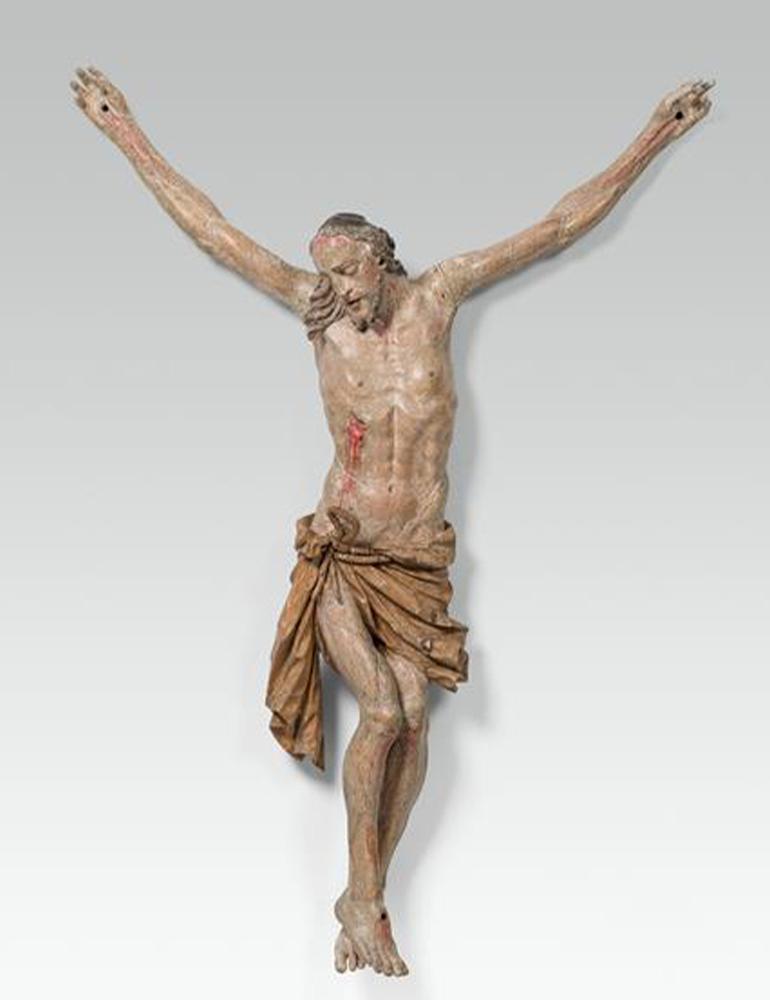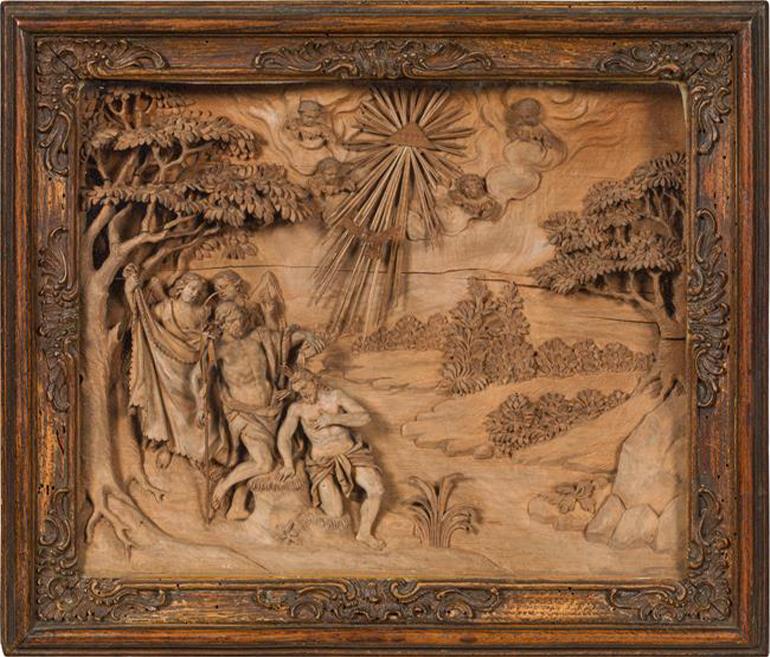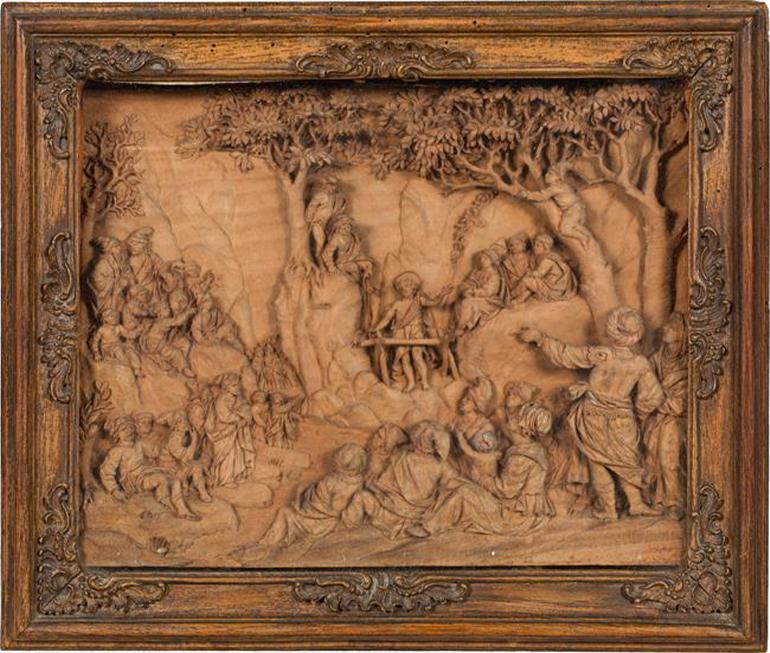
Seven generations, 21 sculptors, 200 years of artistic prowess – the Schwanthaler’s are without doubt a unique family. Their story starts in 1633 with Hans Schwabenthaler (whose son later changed the name to Schwanthaler) in Ried im Innkries, part of Bavaria at the time. Hans never became a master; he was called a simple “Bildschnitzler” – “image carver”.

Only his son achieved this rank – Thomas is the first famous Schwanthaler. Aged only 22, he took over the parental workshop in 1656. Thanks to his studies of the human body and the artistic currants of his time, he created his very own style. His design book has been kept through the centuries, and his heirs drew many inspirations from it.

The focus on quality and continuity are the reasons for the artistic longevity of the Schwanthaler family. An important rule was that the workshop was handed over only to the most talented artist of his generation.
Thomas Schwanthaler, the first master
This shows an interesting particularity of the family: there is an outstanding artist in only every second generation. Thomas of the second generation, was followed in the fourth by Johann Peter the older, and in the sixth it was Ludwig Michael. This is how the family managed to bridge different artistic styles through the centuries, from the early Baroque to Rokoko to Classicism. Also, the tradition of the time demanded that children would take over their parents’ profession. The entrance into the father’s guild offered the chance of a secure future.
Johann Peter the Elder, sculptor of the Rokoko
The first known works from Johann Peter the Elder are the side altars in Hohenzell from 1761/62. This is where we discover the draperies, the turn of the bodies and the expressive faces which are so typical for the Schwanthaler’s work. The style of the master was the one reference in the workshop. He designed the Bozzetto – a model in wood, clay or wax, according to which the assistants prepared the rough. This was then finished by the master.
The Christ sculpture in the auction from Johann Peter the Elder can be compared to the one in the church in Ried im Innkreis. The figure seems to be reclining rather than hanging from the cross. The muscles and veins are well carved out, typical for this sculptor’s work. He found the models for his figures in the people in his vicinity: an oval expressive face, receding forehead, deep set eyes and narrow nose. The waistcloth is knotted on the right side and flows across the thighs, the ribs are highly visible – again, typical examples of the Schwanthaler’s style.
Johann Georg, master of nativity sets
Johann Georg’s reputation was founded by the nativity set in the Church in Altmünster. Johann Georg’s workshop was located in Gmunden, where he died in 1810. When looking closely at the adoration of the kings, one wonders at the depiction of the animals – the sculptor had never seen a camel or an elephant in his life.
The Schwanthaler’s and their time
Johann Peter the elder was a contemporary of empress Maria Theresia, Mozart und Lessing. During his lifetime, the light and dainty style of the Rokoko followed the heavier Baroque mode. Johann Georg’s work belongs firmly to the Rokoko era. The fine carving of the leaves and persons in his reliefs show him to be a master of this style.
The family’s work ended in the 19th century when the last Schwanthaler died without heirs in Ried in 1838. Many works from this long line of sculptors are exhibited in the figurine rooms in the museum “Volkskundehaus” in Ried im Innkreis.
